Trends Afoot | Engineered Hardwood Floors
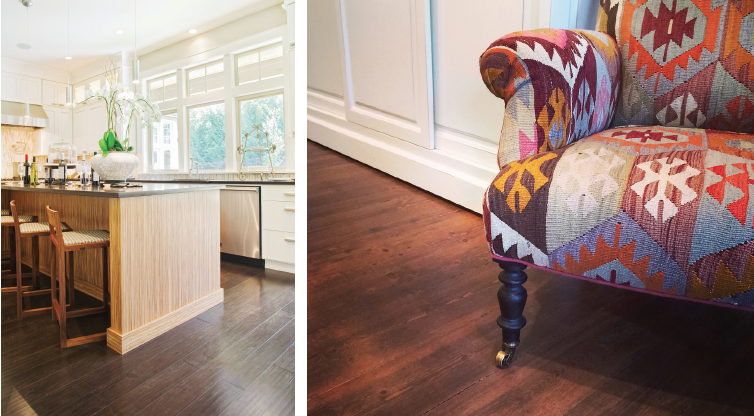
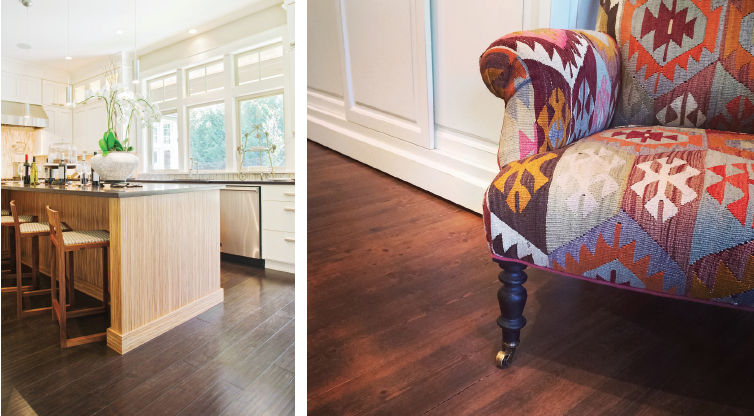
Elegant hardwood floors are the envy of every homeowner. Intricate grains convey warmth and texture. Sleek planks elongate the room. Delicate seams flow effortlessly between spaces. High-quality hardwood floors give a home an extra dash of character.
In my 1940s home, the original hardwoods feel gracious in the foyer, hospitable in the dining room and homey in the living room. Blessed as my husband and I were to happen upon a gem pre-lit with this must-have, the kitchen and office were not so lucky. These key rooms received well-worn checkerboard linoleum and plush, fairly new carpet, respectively. Though the argument for carpet can be made—and won—my personal fondness for hardwood floors began decades ago. In regard to the linoleum, there was no salvaging that period-appropriate selection—well-worn was an understatement!
As we embarked on the research phase of our flooring revival, I happened upon a curious option: engineered hardwood. To this point, I assumed all hardwood floors were the same—wood that went on a floor. How many choices could there be? Right? Wrong. Now that I’m well-steeped in flooring know-how, I have a greater understanding of the engineered option and, in my humble opinion, it deserves a moment in the spotlight. Allow me to share.
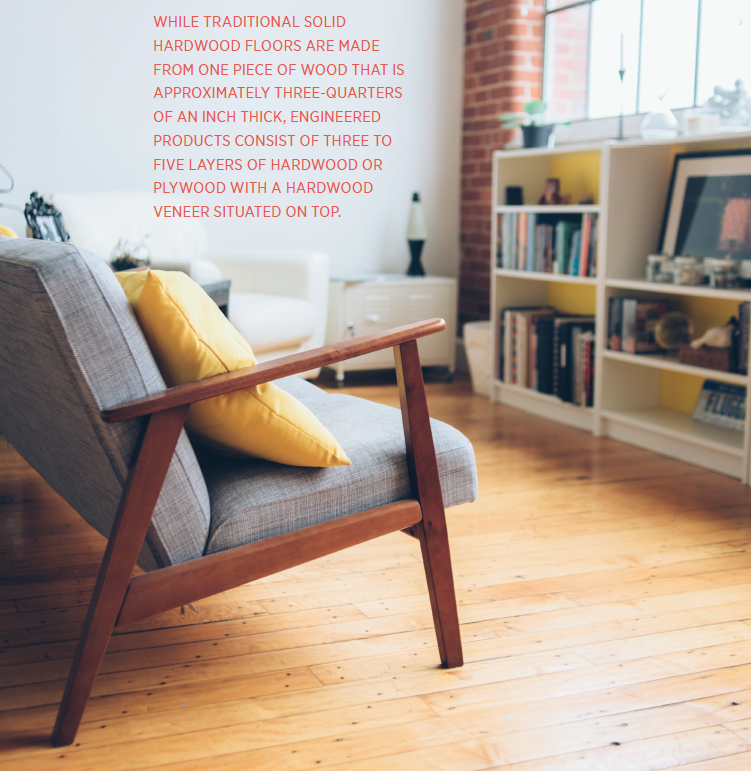
The Foundation
While traditional solid hardwood floors are made from one piece of wood that is approximately three-quarters of an inch thick, engineered products consist of three to five layers of hardwood or plywood with a hardwood veneer situated on top. This top layer is made of the wood you desire and is the reason a visitor or permanent resident would never be the wiser of your selection based on appearance alone. When musing your choices, keep in mind that for increased stability, the under layers should be proportionally thicker than the top veneer. It’s also worth noting that since it is topped with a slim veneer, engineered hardwood floors can only be refinished one or two times (depending on the thickness of the veneer), compared to up to 10 refinishes with solid hardwoods. Though it varies by brand, planks come in a variety of widths, lengths and stains. The more options, the better!
P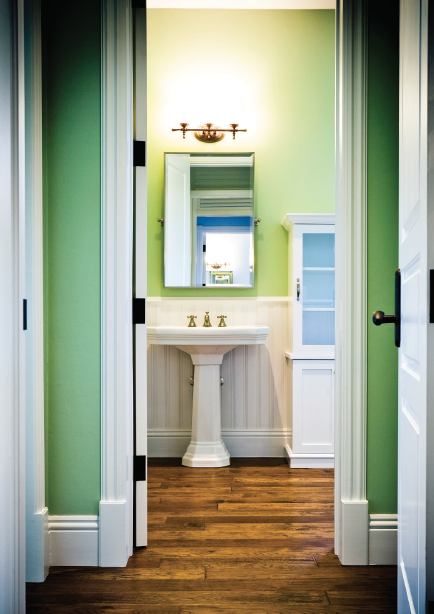 referred Locations
referred Locations
The beauty of engineered hardwoods lies in its flexibility. Due to changes in moisture and temperature within your home, other hardwood products are only recommended for use at or above ground level. Not engineered hardwoods! The layers alternate the direction of the grain to add stability and minimize shrinking and expanding. With increased moisture and heat resistance, it can be used on any level of your home, making it a great option for finished basements and bathrooms. However, if the product will be in an area that experiences high moisture levels, such as a room below ground level, it is recommended that you include a vapor barrier, which can be as simple as a sheet of plastic. This thin layer helps keep potential moisture in your foundation from making its way to your beautiful new floors!
Installation
Underscoring its long list of benefits, engineered hardwoods can be installed directly overtop a concrete slab (similar products must be nailed directly to subfloor). New brands and styles also offer a tongue and groove configuration so the floors may be installed as “floating floors.” This method, most commonly associated with laminate flooring, is easy for DIY home installers with a basic understanding of construction and the associated tools like a chop saw and rubber mallet. The boards are not glued or nailed to the subfloor or concrete; they simply lock snugly to each other. Installation is a snap, though you should be prepared to dedicate many hours to the cause! While aesthetically this method doesn’t present any differences, the floor may have a mild bounce or give to it. If you’re going to install a more traditional floor that is nailed or glued onto a concrete slab or subfloor, I recommend you call in the pros. These folks will ensure your floor moves and expands as it should!
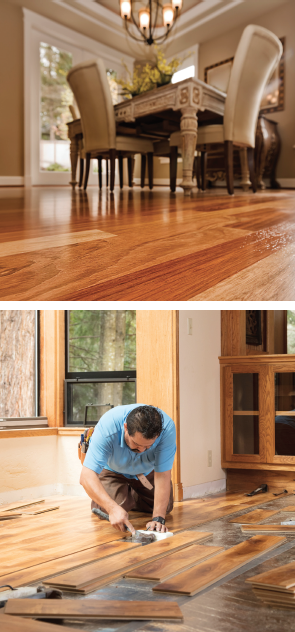 Price
Price
For the majority of home renovations—mine included—price is key. I was happily surprised to learn that engineered hardwood floors steer a straight monetary line between budget-friendly laminates and their solid hardwood counterparts. Strong design and a mid-range price equals a happy budget in my house! Also the consideration that engineered varieties can be used in more areas of the home makes them, in my book, a better value. Keep in mind, the price of each engineered hardwood option is often determined by the thickness of the hardwood veneer adhered to the top. The thicker it is, the pricier each plank will be. I recommend checking with your flooring specialist or local hardware store. These experts will help you consider all your options so you can make an informed decision.
Whether you want to spruce up your main living spaces, breathe new life into your kitchen or infuse warmth into any room, engineered hardwood flooring is, in my humble opinion, an excellent and affordable option. The variety of stains and plank widths will allow you to curate the environment of your dreams and achieve the lovely ambience that follows hardwood floors. So, go ahead—explore engineered hardwoods. You’ll be glad you did!
carpet, diy, flooring, Hardwood Floors, improve, key room, planks, renovate






